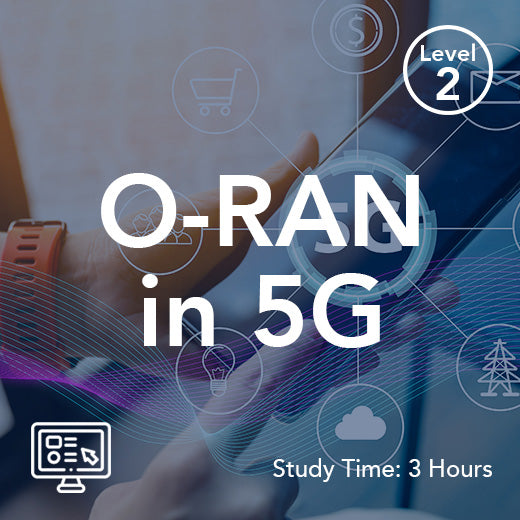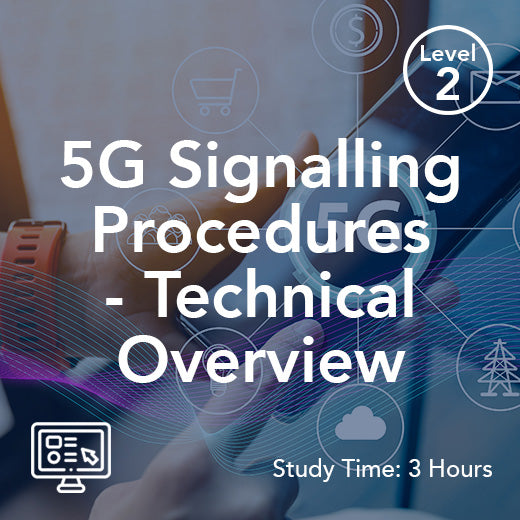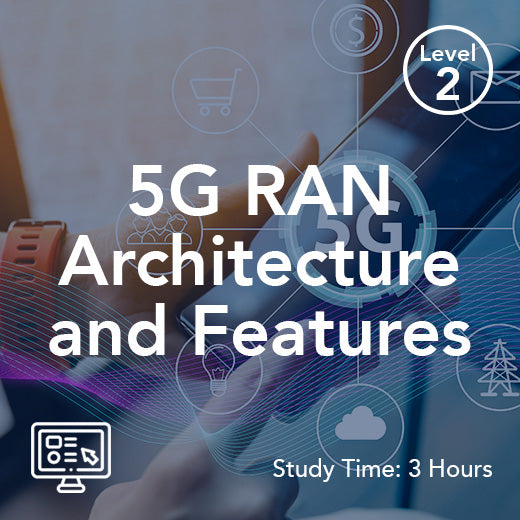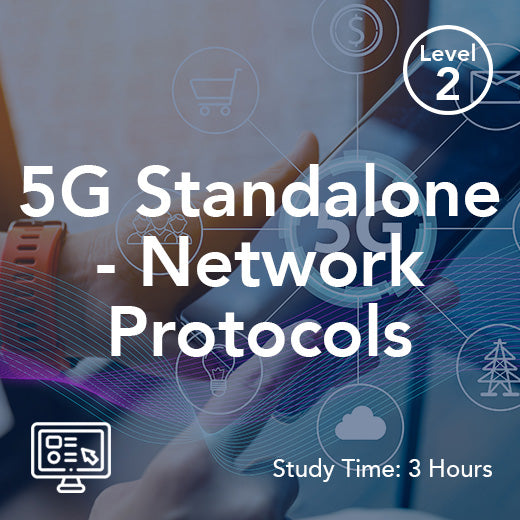What is intelligent edge in telecom?
- , by Paul Waite
- 2 min reading time
Intelligent edge in telecom refers to the concept of moving computing power and data processing closer to the point of data generation, rather than relying on centralized data centers. This shift in architecture is driven by the increasing demand for real-time data processing, low latency, and high bandwidth requirements in today's telecom networks.
Traditionally, telecom networks have relied on centralized data centers located far away from the end users. This architecture has worked well for many years, but it is not well suited for the demands of modern applications such as Internet of Things (IoT), autonomous vehicles, and virtual reality. These applications require low latency and high bandwidth in order to function properly, which is difficult to achieve with a centralized data center model.
Intelligent edge in telecom addresses this challenge by moving data processing and computing power closer to the end users, at the edge of the network. This allows for faster data processing, reduced latency, and improved overall network performance. By distributing computing power and data processing across the network, intelligent edge enables telecom operators to deliver high-quality services to their customers, even in remote locations or areas with poor connectivity.
One of the key technologies driving intelligent edge in telecom is edge computing. Edge computing involves placing computing resources closer to the point of data generation, rather than relying on a centralized data center. This allows for faster data processing, reduced latency, and improved overall network performance. Edge computing also enables telecom operators to offload some of the processing power from the centralized data centers, reducing the strain on the network and improving overall efficiency.
Another important technology driving intelligent edge in telecom is network virtualization. Network virtualization allows for the creation of virtual networks that can be customized to meet the specific needs of different applications. This flexibility enables telecom operators to allocate resources more efficiently, reduce latency, and improve overall network performance.
Intelligent edge in telecom has the potential to revolutionize the way telecom networks are designed and operated. By moving computing power and data processing closer to the end users, telecom operators can deliver faster, more reliable, and more efficient services to their customers. This shift in architecture will enable the deployment of new and innovative applications that require low latency and high bandwidth, such as IoT, autonomous vehicles, and virtual reality.
In conclusion, intelligent edge in telecom is a transformative concept that is reshaping the way telecom networks are designed and operated. By moving computing power and data processing closer to the end users, telecom operators can deliver faster, more reliable, and more efficient services to their customers. With the increasing demand for real-time data processing, low latency, and high bandwidth requirements, intelligent edge in telecom is poised to play a crucial role in the future of telecommunications.
Traditionally, telecom networks have relied on centralized data centers located far away from the end users. This architecture has worked well for many years, but it is not well suited for the demands of modern applications such as Internet of Things (IoT), autonomous vehicles, and virtual reality. These applications require low latency and high bandwidth in order to function properly, which is difficult to achieve with a centralized data center model.
Intelligent edge in telecom addresses this challenge by moving data processing and computing power closer to the end users, at the edge of the network. This allows for faster data processing, reduced latency, and improved overall network performance. By distributing computing power and data processing across the network, intelligent edge enables telecom operators to deliver high-quality services to their customers, even in remote locations or areas with poor connectivity.
One of the key technologies driving intelligent edge in telecom is edge computing. Edge computing involves placing computing resources closer to the point of data generation, rather than relying on a centralized data center. This allows for faster data processing, reduced latency, and improved overall network performance. Edge computing also enables telecom operators to offload some of the processing power from the centralized data centers, reducing the strain on the network and improving overall efficiency.
Another important technology driving intelligent edge in telecom is network virtualization. Network virtualization allows for the creation of virtual networks that can be customized to meet the specific needs of different applications. This flexibility enables telecom operators to allocate resources more efficiently, reduce latency, and improve overall network performance.
Intelligent edge in telecom has the potential to revolutionize the way telecom networks are designed and operated. By moving computing power and data processing closer to the end users, telecom operators can deliver faster, more reliable, and more efficient services to their customers. This shift in architecture will enable the deployment of new and innovative applications that require low latency and high bandwidth, such as IoT, autonomous vehicles, and virtual reality.
In conclusion, intelligent edge in telecom is a transformative concept that is reshaping the way telecom networks are designed and operated. By moving computing power and data processing closer to the end users, telecom operators can deliver faster, more reliable, and more efficient services to their customers. With the increasing demand for real-time data processing, low latency, and high bandwidth requirements, intelligent edge in telecom is poised to play a crucial role in the future of telecommunications.

































